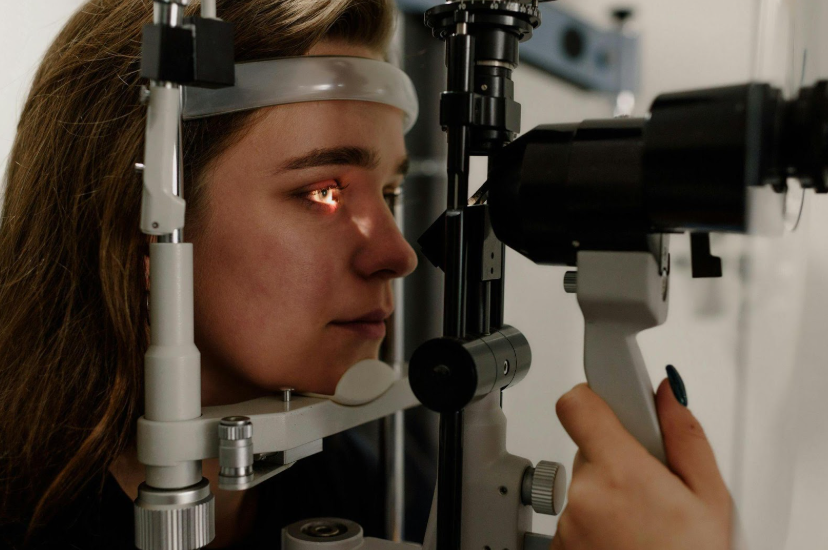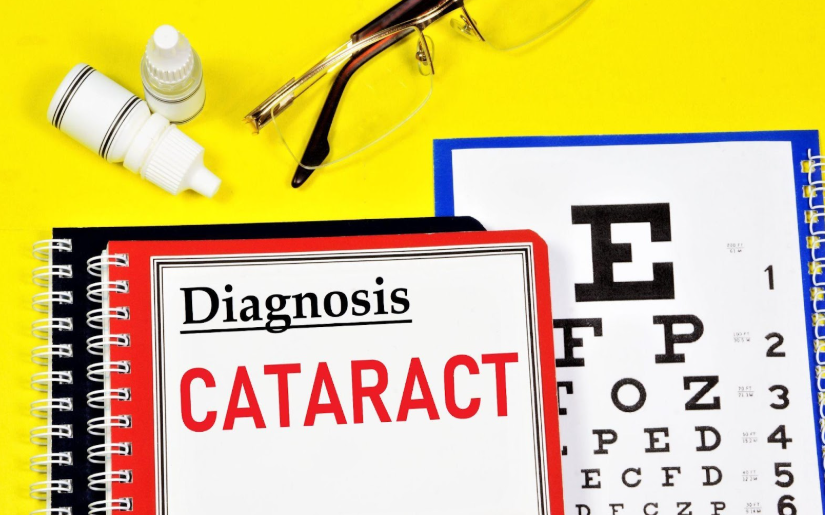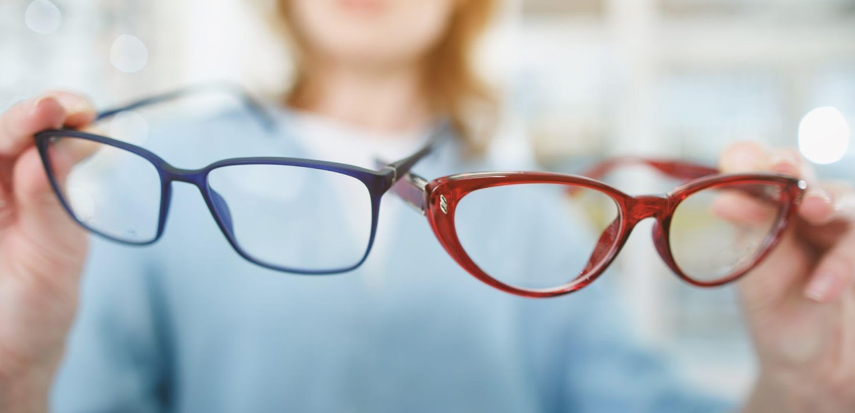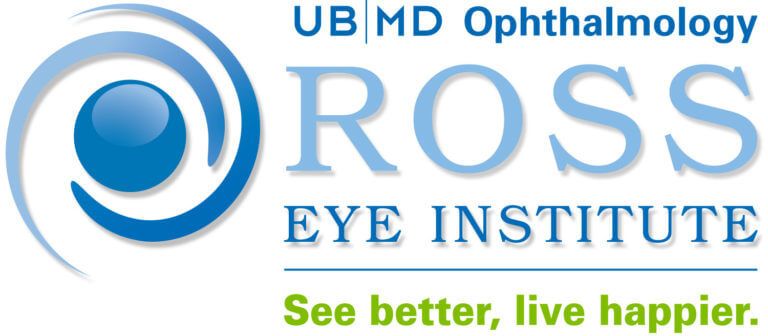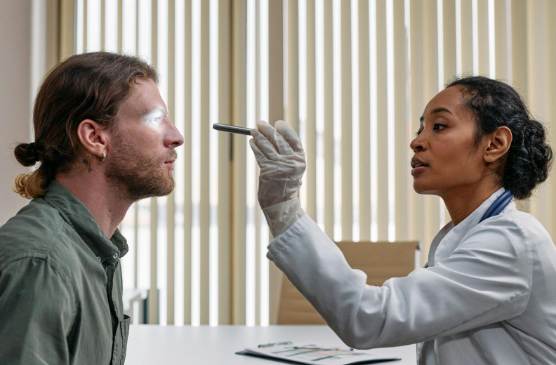How Cataracts Are Treated
How Cataracts Are Treated
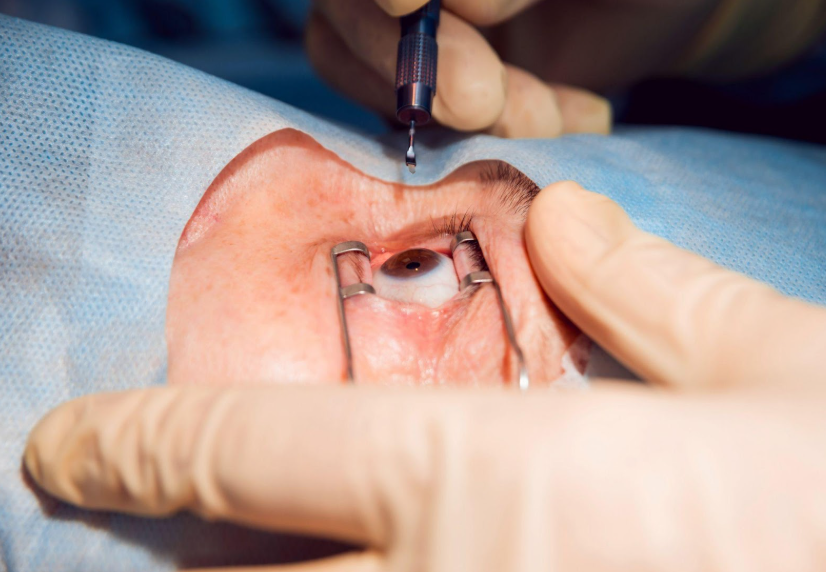
Cataracts are a common eye condition that affects millions of people, gradually impairing vision as the lens of the eye becomes cloudy. This clouding prevents light from passing through clearly, leading to blurred vision, difficulty seeing at night, and increased sensitivity to glare. While cataracts are often associated with aging, they can develop for a variety of reasons, impacting your daily activities and overall quality of life.
Types of Cataracts
Cataracts can develop due to various factors, affecting different parts of the lens. Identifying the specific type of cataract is crucial in determining the best approach to treatment. Here are some common types of cataracts:
- Senile Cataracts: These are the most common type of cataracts, which are caused by a change in protein structure of the natural crystalline (clear) lens as we age. Some patients develop senile cataracts earlier than others, and not every patient requires removal in every instance.
- Secondary Cataracts: These develop as a result of underlying medical conditions or medications. Diabetes, prolonged steroid use, and certain inflammatory diseases can contribute to their formation. Unlike age-related cataracts, secondary cataracts can progress more rapidly and may require earlier intervention.
- Pediatric Cataracts: Children can develop cataracts due to genetic conditions, infections during pregnancy, or metabolic disorders. These cataracts may be present at birth (congenital cataracts) or develop later in childhood. Early detection is crucial since untreated pediatric cataracts can interfere with normal vision development.
- Traumatic Cataracts: Eye injuries from blunt force trauma, penetrating wounds, or chemical burns can lead to cataract formation. While some traumatic cataracts develop immediately after an injury, others may take years to become significant enough to affect vision. Prompt medical attention can help manage symptoms and determine the need for surgical treatment.
Common Causes and Risk Factors
Cataracts are a common eye condition, and their development can be influenced by a variety of factors. Understanding these risk factors can help you take proactive steps to protect your vision and prevent early cataract formation.
- Aging: The most common cause, as the lens naturally becomes less transparent with age.
- Ultraviolet (UV) Light Exposure: Prolonged exposure to UV rays from the sun can accelerate cataract formation. This is a modifiable risk factor, therefore it is important for all patients to wear UV protection when outdoors to prevent the acceleration of cataract formation.
- Excessive Alcohol Consumption: Heavy drinking can increase the risk of cataracts due to its toxic effects on the eye's lens.
- Chronic Health Conditions: Conditions like diabetes can lead to cataracts by affecting the lens's ability to maintain transparency.
- Medications: Long-term use of corticosteroids or other medications can increase the likelihood of developing cataracts.
- Genetics: Family history can play a role, with some individuals being genetically predisposed to develop cataracts earlier.
Non-surgical Management
Cataracts are a progressive condition, but in the early stages, you may not need immediate surgery. There are several ways to manage symptoms and maintain visual clarity before surgical intervention becomes necessary.
Updated Prescription Eyeglasses or Contact Lenses
If your cataracts are mild, updating your prescription for glasses or contact lenses can help compensate for vision changes. Stronger lenses can enhance clarity and improve near or distant vision, delaying the need for surgery. However, this is merely a temporary fix, as cataracts will keep progressing over time.
Adjustments to Lighting and Visual Aids
Brighter lighting and high-contrast reading aids can help you navigate daily tasks more comfortably. Using magnifying glasses or increasing font size on digital screens can also make reading easier. Additionally, anti-glare coatings on glasses can reduce sensitivity to bright lights and improve vision clarity in well-lit environments.
Lifestyle Changes and Protective Measures
Wearing sunglasses that block 100% of UV rays can slow cataract progression by protecting your eyes from harmful light exposure. Reducing smoking and maintaining a healthy diet rich in antioxidants, such as leafy greens and vitamin C-rich foods, may also contribute to better eye health. Regular eye check-ups are essential to monitor cataract development and determine when surgery is necessary.
Surgical Treatment
While non-surgical methods can provide temporary relief, surgery is the only definitive treatment for cataracts. Cataract surgery is one of the most commonly performed procedures worldwide and has an extremely high success rate, helping millions regain clear vision each year. Here’s the step-by-step process:
Anesthesia (Sedation General, Topical)
Before the procedure, your eye will be numbed using local anesthesia or eye drops. This ensures that you remain comfortable and pain-free during surgery. You will usually remain awake but sedated, allowing for a smooth and controlled experience. In some rare cases, patients require general anesthesia, which requires intubation (breathing tube) and complete sedation.
Small Incision in the Eye
The surgeon will make a small incision in the cornea, the clear front surface of the eye. This incision is typically self-sealing and does not require stitches, reducing the risk of complications and speeding up the healing process.
Removal of the Clouded Lens
Using ultrasound waves, the surgeon will break up the cataract-affected lens into tiny fragments. These fragments are then carefully suctioned out through the incision, leaving the eye ready for a new lens.
Insertion of an Artificial Lens
A clear, artificial intraocular lens (IOL) is implanted in place of the removed lens. Various IOL options are available, including monofocal lenses for single-distance vision, multifocal lenses for multiple distances, and toric lenses to correct astigmatism. Your surgeon will recommend the best option based on your vision needs and lifestyle.
Post-operative Care and Recovery
Recovering from cataract surgery is typically quick. However, following your doctor’s instructions is crucial for ensuring the best possible outcome. After surgery, you will receive detailed care guidelines, including using prescribed eye drops to prevent infection and reduce inflammation. Adhering to these instructions will promote faster healing and optimal visual recovery. It is important to avoid contact with contaminated water such as hot tubs, baths, and pools for several weeks after surgery to avoid infection.
Protective Measures for the Eyes
Wearing an eye shield, especially while sleeping, helps prevent accidental rubbing or pressure on the healing eye. Sunglasses can protect against bright light and dust, reducing discomfort and irritation.
Expected Vision Improvement and Potential Side Effects
Though most patients notice improved vision within a few days, mild blurriness or sensitivity to light is common as the eye adjusts to the new lens. While complications are rare, reporting any severe pain, redness, or sudden vision changes to your doctor is essential.
At
Ross Eye Institute, we specialize in advanced cataract treatment, offering personalized care to help you see clearly again.
Contact us today to schedule a consultation and take the first step toward a better vision.

